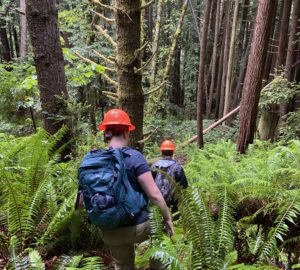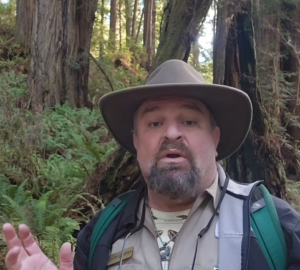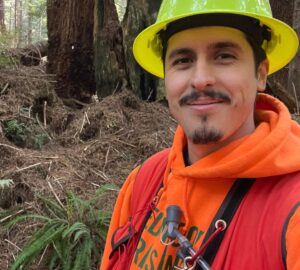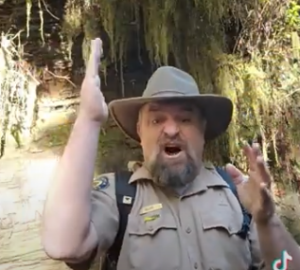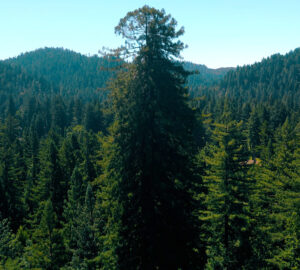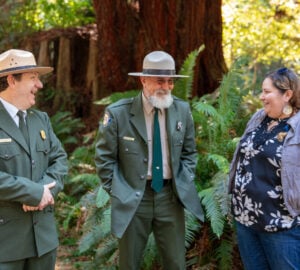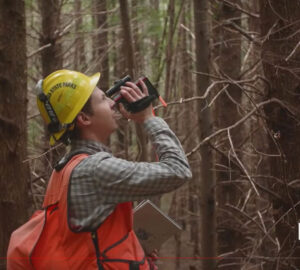See the timeline from industrial logging to majestic old-growth forest in the making
When you picture a redwood forest, you probably envision giant trees, pristine rivers, and a lush forest floor blanketed in ferns. That’s what you’ll see in parts of Redwood National and State Parks, home to 45% of the world’s remaining protected old-growth coast redwoods, including some of the tallest trees.
In other places that were commercially logged before their protection as part of the parks, thin resprouting redwoods and spindly, densely reseeded Douglas-fir trees shade out important wildlife habitats on the forest floor. Competing for resources, these young trees will never reach their potential to be the giants of tomorrow. Eroding old logging roads and failing stream crossings send tons of sediment into nearby streams where threatened salmon and trout spawn. These forests are so damaged that they will not recover on their own in the foreseeable future.
Save the Redwoods League, the National Park Service, and California State Parks are partnering to reverse the extensive damage from logging. The historic effort, called Redwoods Rising, is restoring more than 70,000 acres of the parks’ young redwood forests to ensure their long-term health and that of the plants, animals, and people who depend on them. The goal is to set the forests back on a path to the old-growth majesty of pre-logging times.
Since work began on the ground in October 2019, Redwoods Rising has conducted restoration thinning across approximately 1,000 acres of the dense, young redwood forest, removed 15 miles of old logging roads, and restored approximately 2 miles of stream channel.
The on-the-ground work of Redwoods Rising is complex, but these five illustrations sum it up.
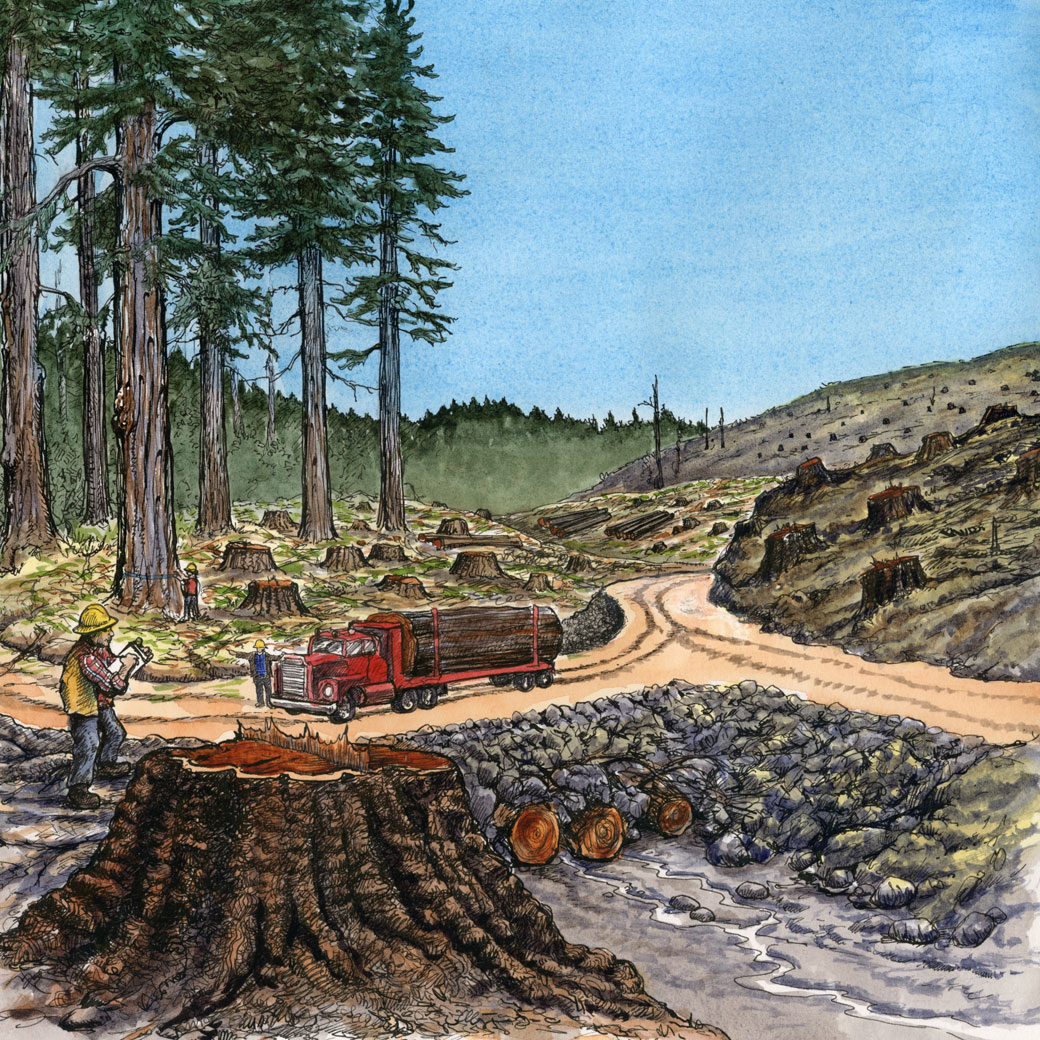
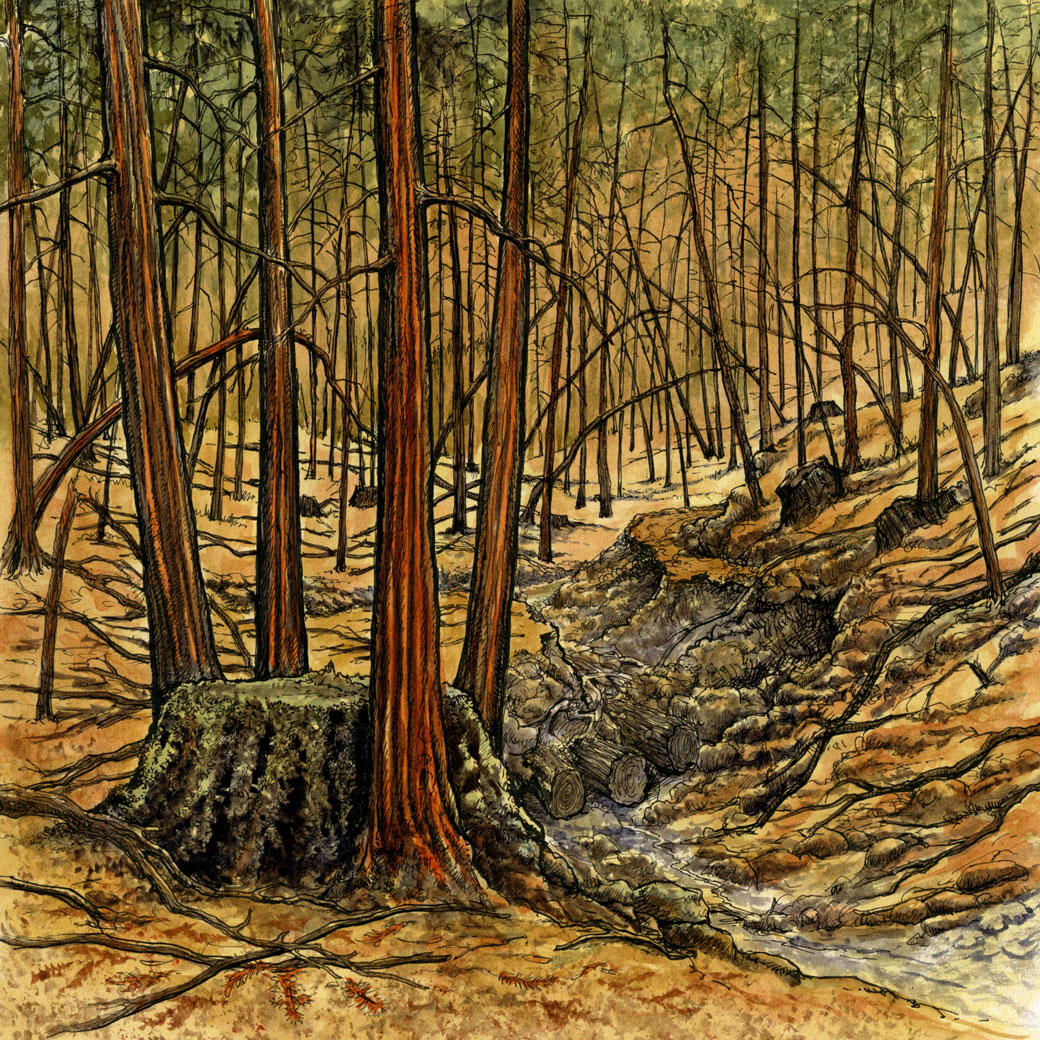
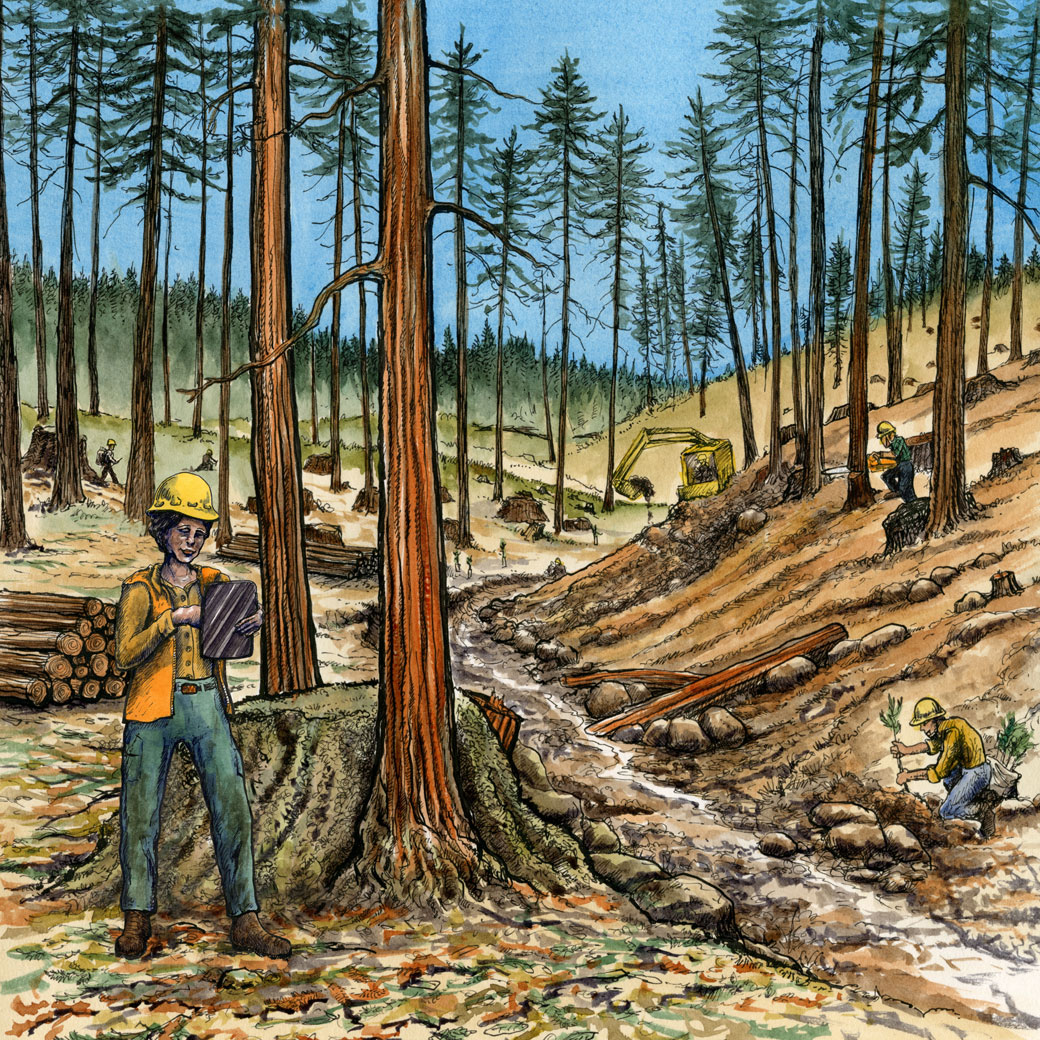
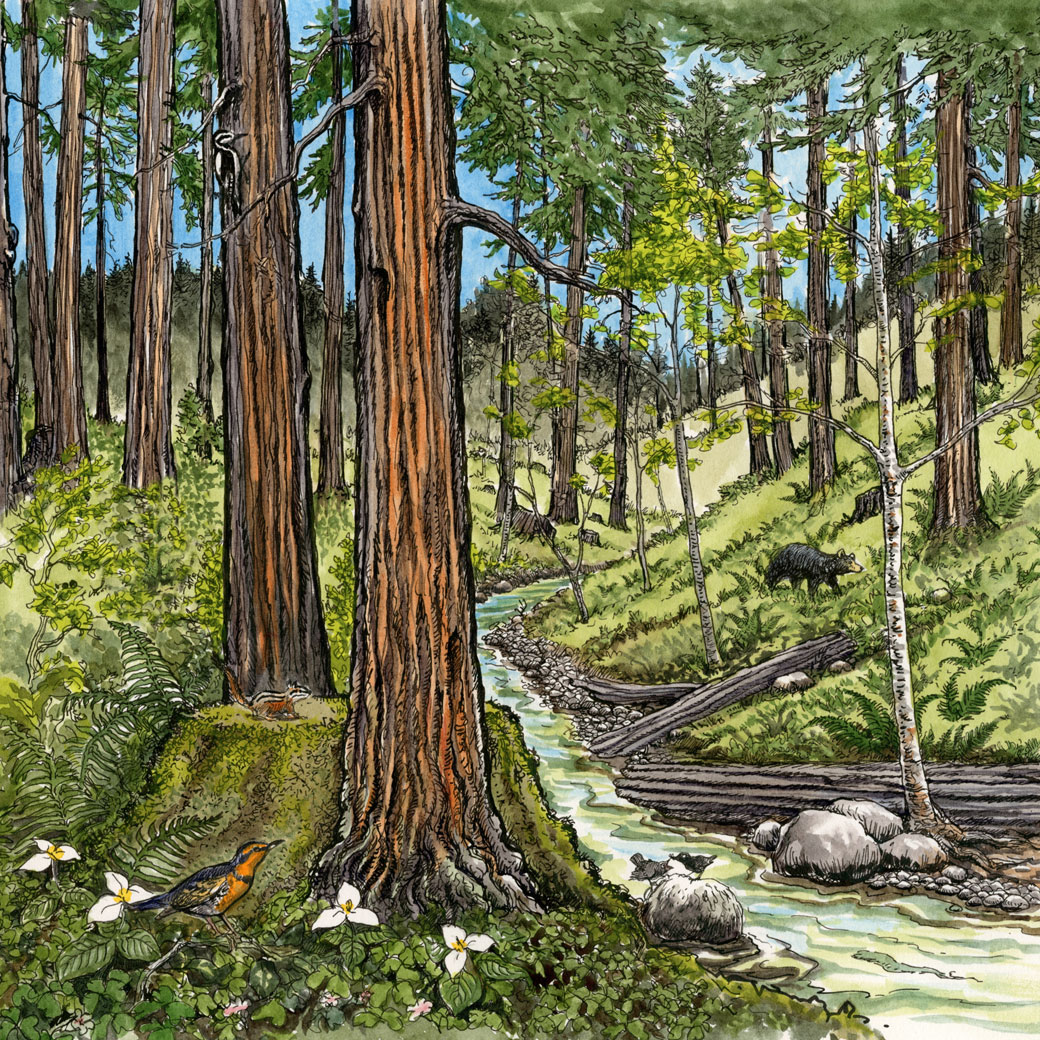
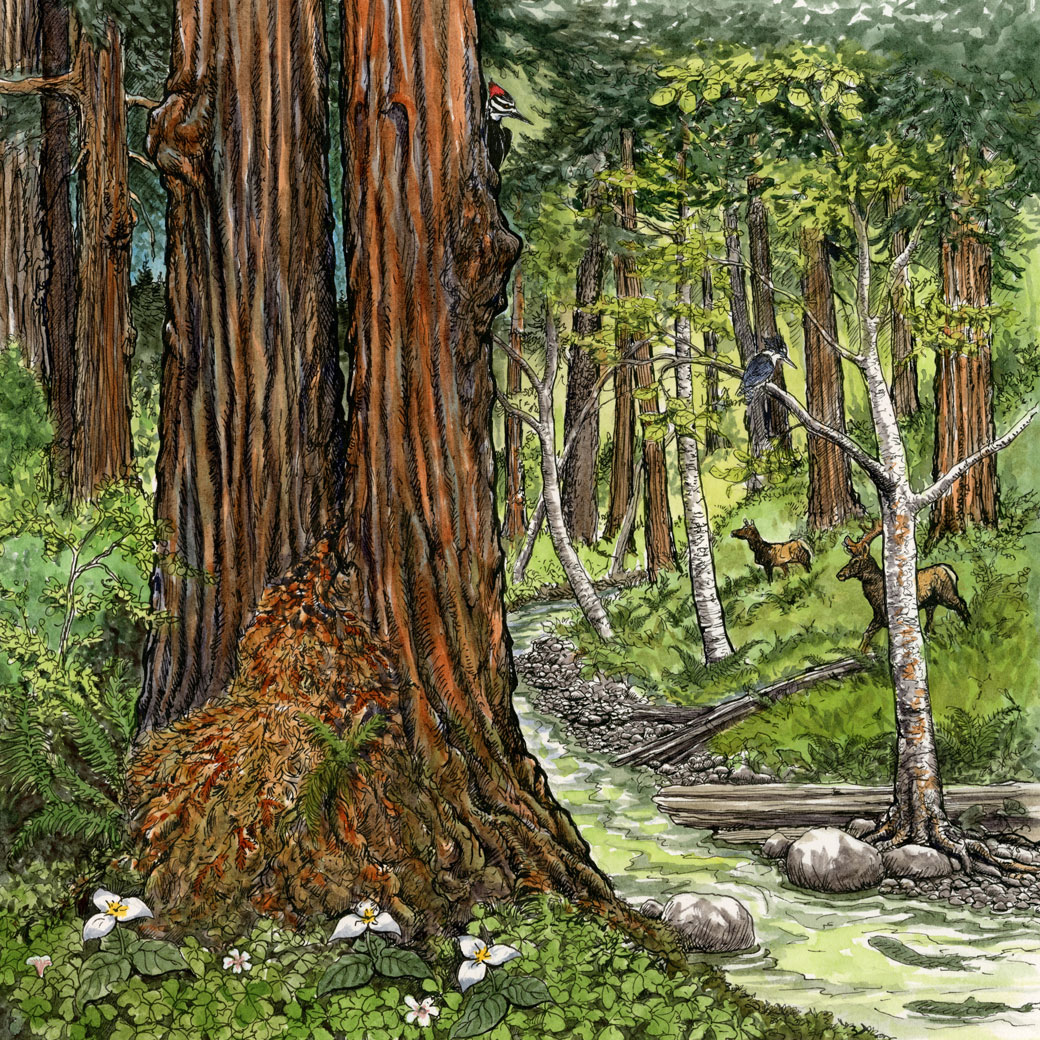
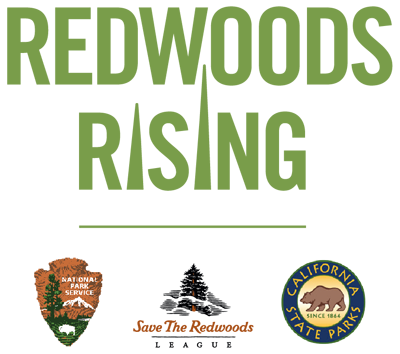
Illustrations by Gary Bloomfield, Bloomfield Studio.
Learn more about Redwoods Rising.
Deb Haaland tours Redwoods Rising, praises partnership.


